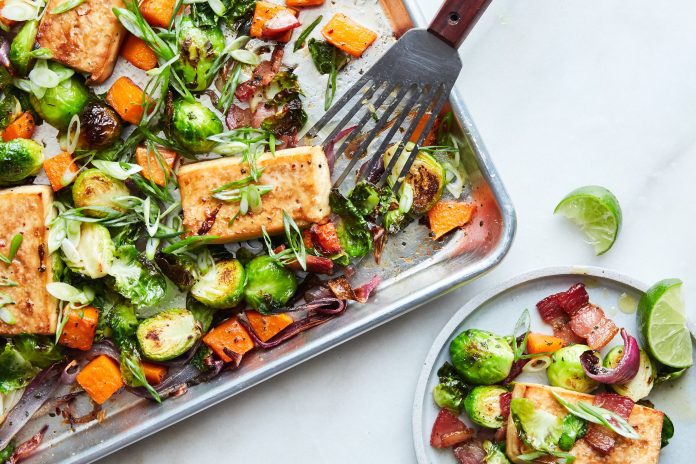There’s no magic diet for sustainable eating. There are, however, some actionable tips for eating with sustainability in mind.
It’s impossible to name the most nutritious foods. After all, individual foods only provide parts of a healthy diet: Some foods don’t contain protein; others don’t contain iron or zinc. Similarly, it’s impossible to put together a list of the most sustainable foods that have a low environmental impact. “You have to talk about diets. You have to talk about all of the factors that influence sustainability,” explains Professor Fergus Clydesdale, a food scientist at the University of Massachusetts at Amherst.
The original definition of sustainability is “meeting the needs of the present without compromising the ability of future generations to meet their own needs” according to the landmark 1987 Brundtland Report put together by a U.N. commission, cites Clydesdale. Sustainability comprises a myriad of factors: greenhouse gas emissions, non-renewable energy and minerals, freshwater consumption, land use, ecosystem quality, waste, and nutrition.
Based upon these factors, general recommendations for a more sustainable diet include replacing animal protein with plant protein, eating a nutritious diet, and reducing waste.
Get More Protein From Grains, Legumes, Potatoes, and Dairy
One of the most effective ways to make your diet more sustainable is to increase your protein intake from grain products, vegetable products, and dairy. “The growth of plants use less input [food, water, land and energy] than animals,” explains Clydesdale. “Certainly legumes and grains in terms of getting protein are better sources of getting protein than animals environmentally. And dairy is pretty good, too.” Read more…



